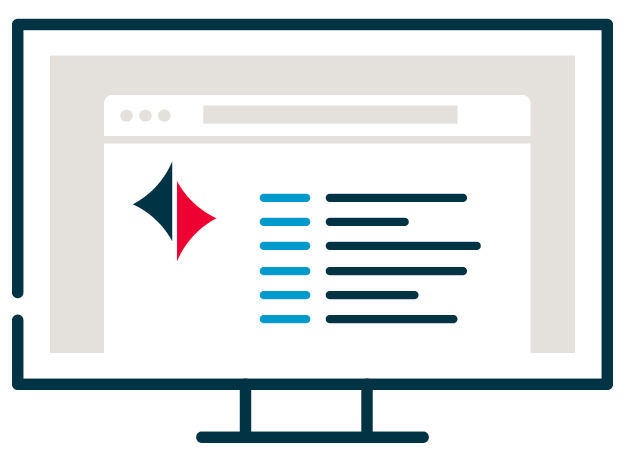Five Easy Steps to Building Your Emergency Fund
In today’s unpredictable world, having an emergency fund is not just a financial recommendation – it’s a necessity. The reality of unexpected expenses, whether they come from a medical emergency, sudden unemployment, or urgent home repairs, can create significant financial stress.
An emergency fund acts as a financial safety net, empowering you to manage these unforeseen costs without resorting to high-interest debt options like credit cards or loans.
1. Decide How Much to Save
The first step in creating an emergency fund is to determine the amount you need to save. A common guideline is to have enough to cover three to six months of living expenses. This figure should include rent, utilities, groceries, and any other regular expenses that would need to be paid even during a period of financial distress. To personalize your fund, consider your job security, the stability of your income, and any dependents who rely on your earnings.
2. Set Your Savings Target
Once you know how much you need to save, the next step is to set a realistic timeline for achieving this goal. Start by reviewing your budget to see how much you can comfortably set aside each month without compromising your daily financial health.
For some, this might be a modest amount, while others might be able to save more aggressively. The key is consistency; even small amounts can grow significantly over time due to the power of compound interest.
3. Choose Where to Keep Your Fund
The ideal location for your emergency fund is somewhere accessible but not too easily spent. High-yield savings accounts are a popular choice because they offer higher interest rates than regular savings accounts, helping your fund grow faster. These accounts also provide liquidity, allowing you to withdraw funds quickly and without penalties in case of an emergency.
4. Open Your Account
With a clear idea of where to keep your emergency fund, the next step is to open an account. Look for banks that offer competitive interest rates and low fees. Online banks often provide higher yields than traditional brick-and-mortar banks. Ensure that any account you choose is insured by the Federal Deposit Insurance Corporation (FDIC) or the National Credit Union Administration (NCUA) for added security.
5. Know When to Use the Fund
Finally, establish clear guidelines for when to use your emergency fund. It should only be used for true emergencies, such as unexpected medical expenses, crucial home repairs, or during a job loss – not for planned expenses or discretionary spending. After an emergency, focus on rebuilding the fund as soon as your financial situation stabilizes.
Financial Planning Matters
Building and maintaining an emergency fund is a fundamental aspect of a sound financial strategy. It provides not just financial confidence, but potentially may lead to less stress, knowing that you are prepared for life’s unexpected events. Start small, be consistent, and watch your safety net grow. We would love to discuss your financial plan, meet with an advisor to get started!
Important Disclosures:
The opinions voiced in this material are for general information only and are not intended to provide specific advice or recommendations for any individual.
This article was prepared by FMeX.
LPL Tracking #583286



